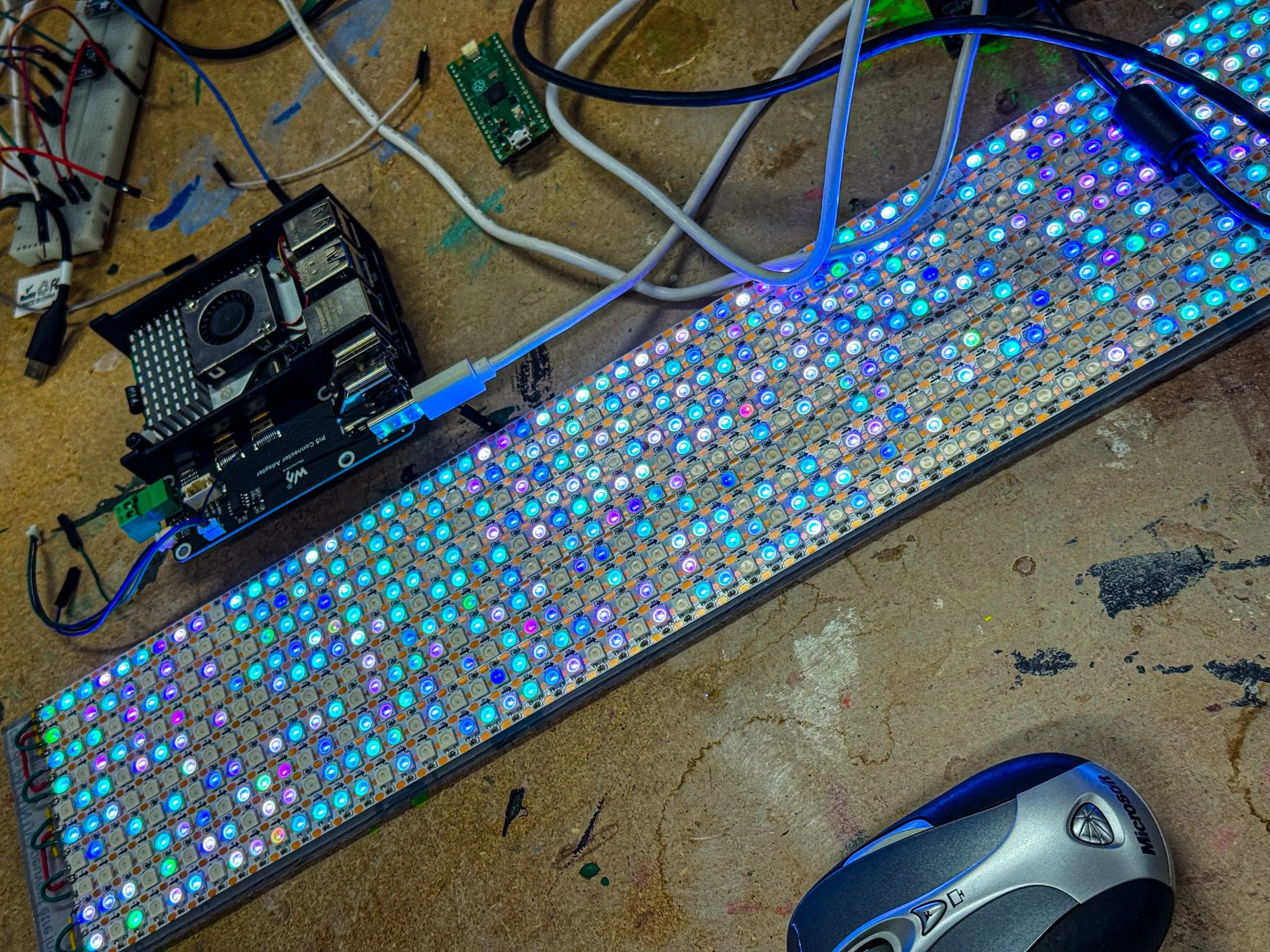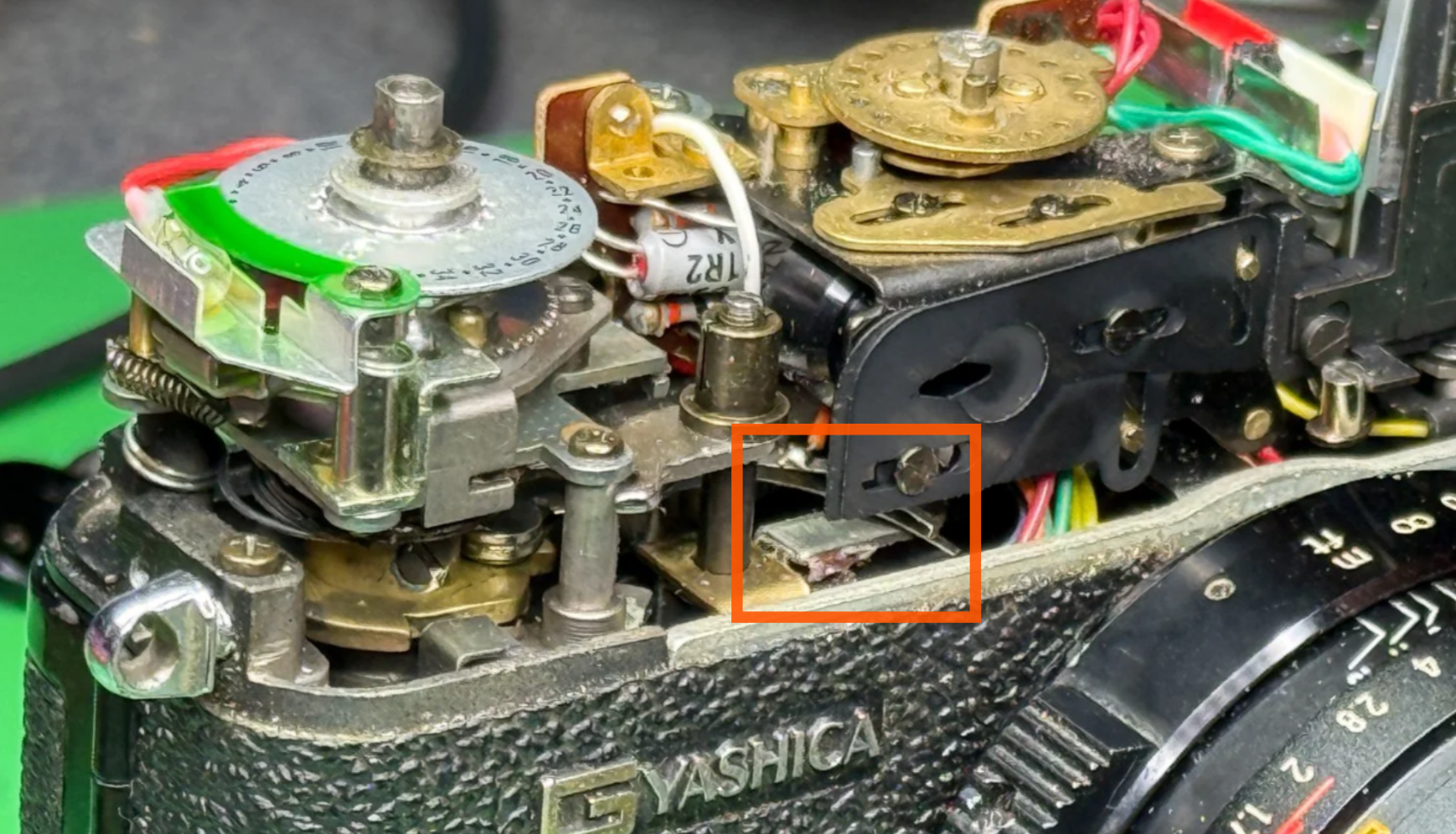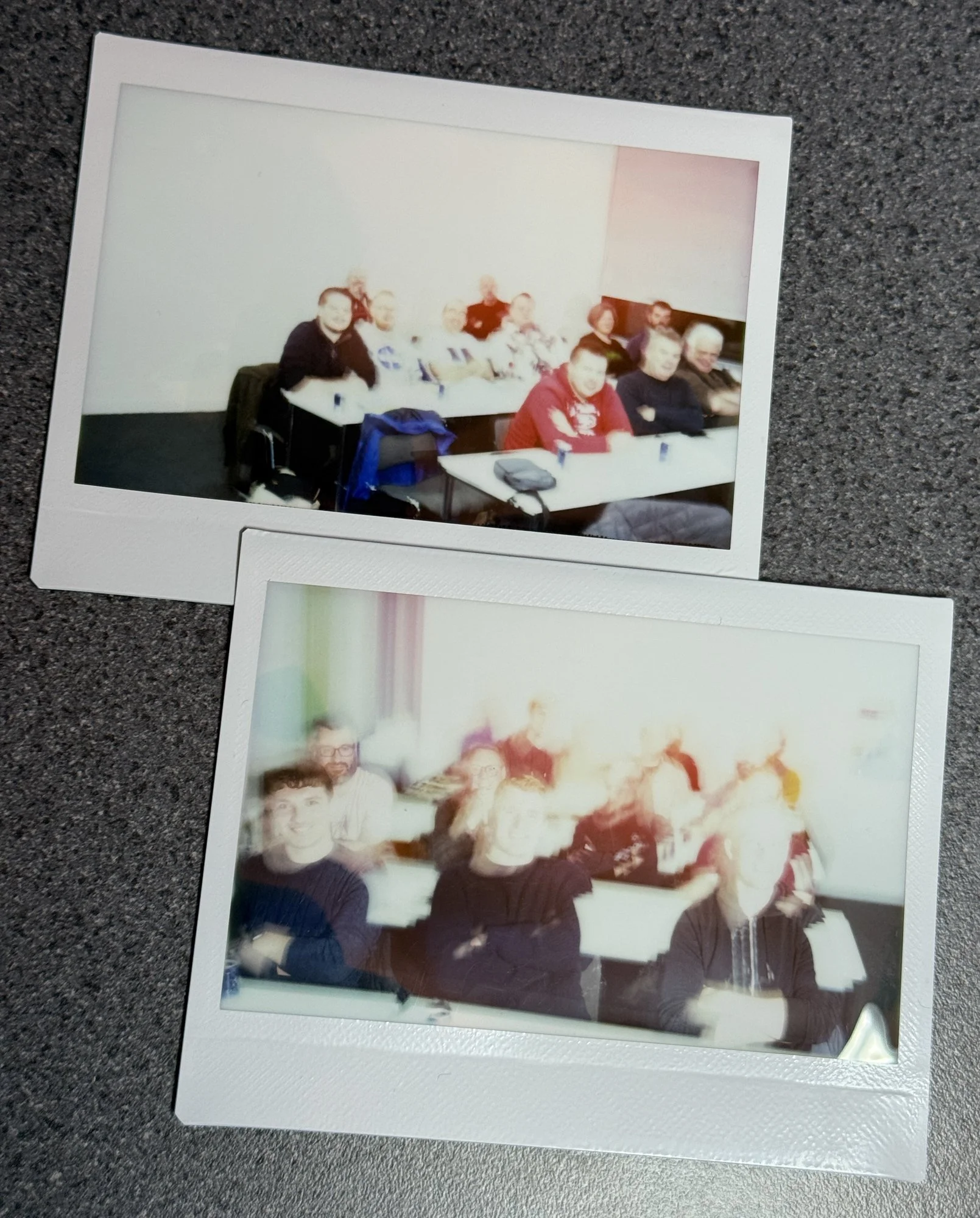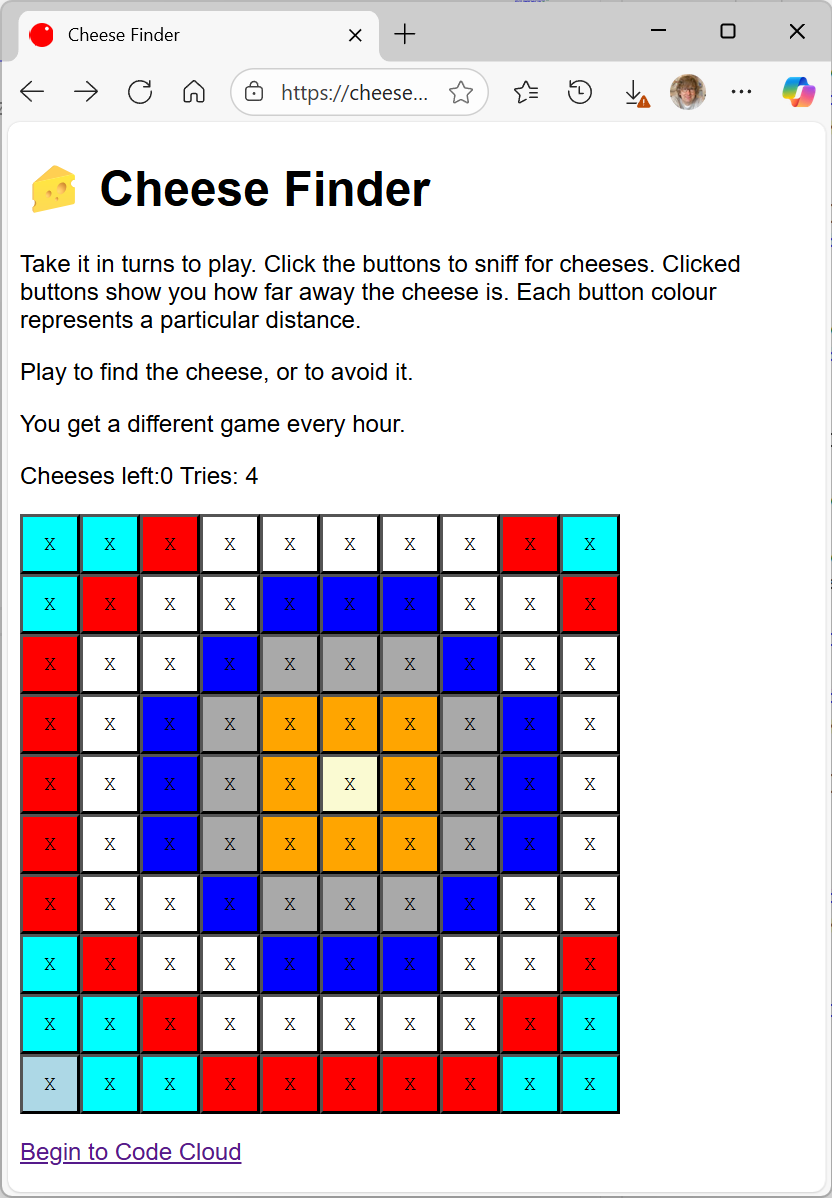Mining for Games
/Next thing to do is make a box.
Number One Son is visiting us for Christmas and, as usual, he has brought a few toys for us to play with, starting with a PlayStation 5 APU-based BC-250 crypto mining board. He picked this up for a very good price from AliExpress (although they seem to be getting a bit more expensive now). The board was built for a life in a rack of servers mining crypto coins, but now they are appearing on the second hand market. They need a bit of work to get going, you’ll need to find a power supply, an SSD and a suitable fan, but once you’ve done that you end up with a machine that will run Steam games at a fair old speed. It’s not quite PlayStation 5, more like PlayStation 4.5, but it is very useable and a great way to get into higher performance games or as something powerful to pop under the telly. You can find out more here.




























